Top 10 Deadliest Pandemics Of All Time
Description
Today we will be looking at the Top 10 Deadliest Pandemics Of All Time.
At the moment, the world is dealing with one of the worst pandemics which is the novel coronavirus also known as Covid-19 (SARS-CoV-2). Many of the world's top scientists are working to develop a vaccine to help mitigate this public health crisis. Currently, in the United States its influenza season which might make the situation worse. Hopefully, this is soon put behind us and we can return to normalcy.
"What is the definition of a pandemic?
A pandemic is defined as “an epidemic occurring worldwide, or over a very wide area, crossing international boundaries and usually affecting a large number of people”. The classical definition includes nothing about population immunity, virology or disease severity.
By this definition, pandemics can be said to occur annually in each of the temperate southern and northern hemispheres, given that seasonal epidemics cross international boundaries and affect a large number of people. However, seasonal epidemics are not considered pandemics."
"SARS (Severe Acute Respiratory Syndrome)
Cause
SARS coronavirus (SARS-CoV) – virus identified in 2003. SARS-CoV is thought to be an animal virus from an as-yet-uncertain animal reservoir, perhaps bats, that spread to other animals (civet cats) and first infected humans in the Guangdong province of southern China in 2002.
Transmission
An epidemic of SARS affected 26 countries and resulted in more than 8000 cases in 2003. Since then, a small number of cases have occurred as a result of laboratory accidents or, possibly, through animal-to-human transmission (Guangdong, China).
The transmission of SARS-CoV is primarily from person to person. It appears to have occurred mainly during the second week of illness, which corresponds to the peak of virus excretion in respiratory secretions and stool, and when cases with severe disease start to deteriorate clinically. Most cases of human-to-human transmission occurred in the health care setting, in the absence of adequate infection control precautions. The implementation of appropriate infection control practices brought the global outbreak to an end. "
What is influenza
"A common viral infection that can be deadly, especially in high-risk groups.
The flu attacks the lungs, nose, and throat. Young children, older adults, pregnant women, and people with chronic disease or weak immune systems are at high risk.
Symptoms include fever, chills, muscle aches, cough, congestion, runny nose, headaches, and fatigue.
The flu is treated primarily with rest and fluid to let the body fight the infection on its own. Over-the-counter anti-inflammatory pain relievers may help with symptoms. An annual vaccine can help prevent the flu and limit its complications."
Wha is the Bubonic Plague?
"Bubonic plague is one of three types of plague caused by bacterium Yersinia pestis. One to seven days after exposure to the bacteria, flu-like symptoms develop. These symptoms include fever, headaches, and vomiting. Swollen and painful lymph nodes occur in the area closest to where the bacteria entered the skin."
Hello everyone! Welcome to SciTekie, we hope you learn something new from our Science & Technology videos. We love Astronomy, Physics, Zoology, and many other fields!
Please consider subscribing and join us on a great learning adventure!
Credits: www.who.int

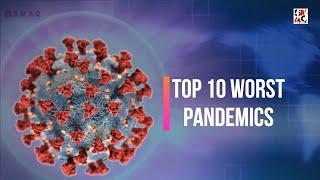
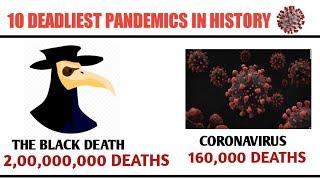

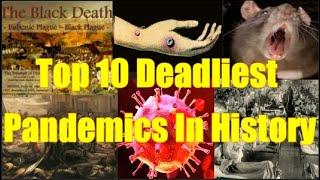

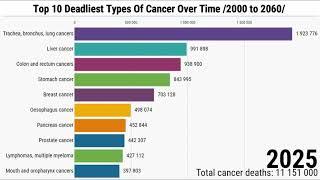
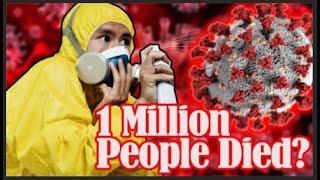
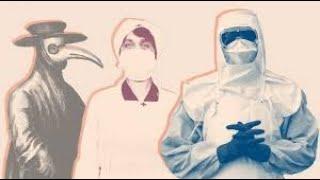


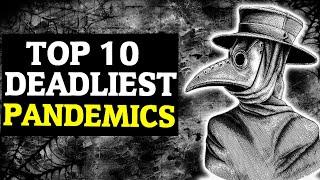


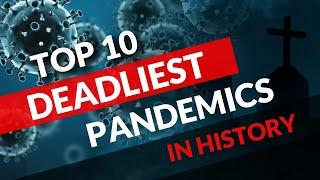






Comments